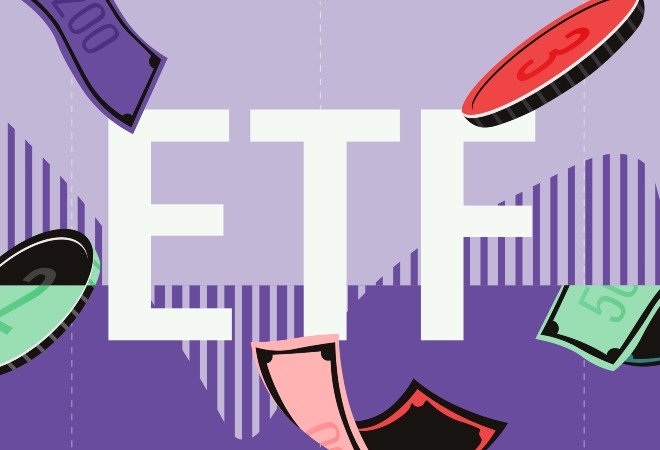Not all equity investments are equal. That is certainly the case when it comes to investing in the shares of small, medium and large companies.
Investing in the shares of small companies offers a risk return profile vastly different to that of medium sized companies, and the largest of equities.
Investors may be drawn to small cap stocks for their attractive growth prospects, mid-sized companies because of their ability to innovate and large companies, also known as megacaps, because of the attractive dividend supported by economies of scale and a globally diverse revenue stream
Defining Large, Mid and Small-Cap Companies
Companies are considered to be large-, mid- or small-cap based on the market capitalisation of a company, which is its overall value; the greater the value, the larger the cap.
Morningstar defines large-cap companies as those that account for the top 70% of the capitalisation of a domestic stock market. Mid-cap stocks represent the next 20% and small-cap stocks make up the remainder.
In the UK large caps are generally considered to be those that are listed in the FTSE 100 index. The smallest company within the FTSE 100 is Weir Group with a market cap of £3.8 billion.
Mid-cap companies are generally considered to be those listed on the FTSE 250, which ranges from a market cap of approximately £4 billion down to £500 million.
The FTSE Small Cap index includes stocks worth as little as £150 million. Shares with a market cap of less than £150 million may be found on the Alternative Investment Market. These are known as micro-cap stocks but are still included within Morningstar’s small-cap category. These micro-cap stocks are less likely to be found in small-cap funds and are less liquid than their larger counterparts making them more risky.
Characteristics of Large-Cap Stocks
Large or mega-cap companies are the largest companies in the world. These tend to be conglomerates with operations and revenue streams across the globe. They are often household names with recognisable logos, and are widely held by investors both as individual shares and as part of composite equity funds. Because of their size they are often featured in news stories. Examples include BP (BP.), Apple (AAPL) and Barclays (BARC).
Large-cap companies have a lower potential for aggressive expansion and growth, as growing a company 20% in a year is more achievable from a low base. However, large-cap stocks also tend to have a less volatile share price and are more likely to pay dividends to investors.
There is a wealth of research and information about large-cap companies. This is useful because it allows investors to be well-informed about these companies, however, this glut of information also means that it is harder to buy these companies at a discount.
Large-caps are more likely to trade at or around fair value, making it hard to find a bargain, says Mark Niznik, who manages the Gold-rated Artemis UK Smaller Companies Fund.
“The stock market is much more perfectly priced for equities in big-cap land,” said Niznik.
It also means that active fund managers invested purely in large cap stocks may find it difficult to outperform the stock market, as has historically been the case for US fund managers and the S&P 500.
Characteristics of Mid-Cap Stocks
Mid-cap equities have better growth prospects than large caps and are more sensitive to market sentiment, meaning investors have a better chance of picking up the shares at a discount to their fair value.
“Mid-cap companies typically grow earnings at a faster rate than large-cap companies. Intuitively this feels right; it’s much easier for a company to grow off a smaller base,” says Richard Watts, who runs the Silver-rated Old Mutual UK Select Mid Cap Fund.
“On our estimates, mid-cap companies have typically grown earnings by 3-4% per annum on average more than large-caps over the last decade. When you compound this up through time it’s a substantial driver of outperformance.”
Mid-cap companies are also frequently the target for mergers and acquisitions (M&A) with larger companies, especially in a period of economic growth.
Investors should be aware that mid-caps can also be more volatile than larger companies and should ensure they believe in the long-term fundamentals before investing for growth.
Characteristics of Small-Cap Stocks
Small-caps tend deliver higher returns over the long term – but investors must be prepared to weather considerable levels of volatility.
"Small-cap equities are well known for their higher returns and higher volatility as compared to large-caps and are often used to complement large- and mid-cap exposure in a well-diversified equity portfolio,” explains Morningstar analyst Gordon Rose.
These companies are less well-known, meaning that there is greater opportunity for active managers to make informed decisions within the sector and outperform an index. But along with greater growth prospects, there is also a greater chance of failure and setbacks. It is often said that when investing in the small cap sector it is as profitable to avoid the failures as it is to pick the successes.
“On an individual share basis, it’s a fair comment to say that small-caps are more risky,” says Niznik. “But that’s mitigated by investing in a well-diversified fund or a well-diversified index.”
There is also a better alignment of interests between small-cap investors and the board of a small-cap company, says Niznik. That’s because the board will own a relatively large stake in their company and they won’t want to ‘go down with the ship.’
“If you look at ownership of small-caps, very often the board has a far higher ownership of that company, and so I argue that the board is far more incentivised to ensure their company performs … You get a lot more passion,” says Niznik.
Small-cap companies also grab fewer headlines and garner less interest and research, allowing investors to “find some gems” for cheap, Niznik added.
































